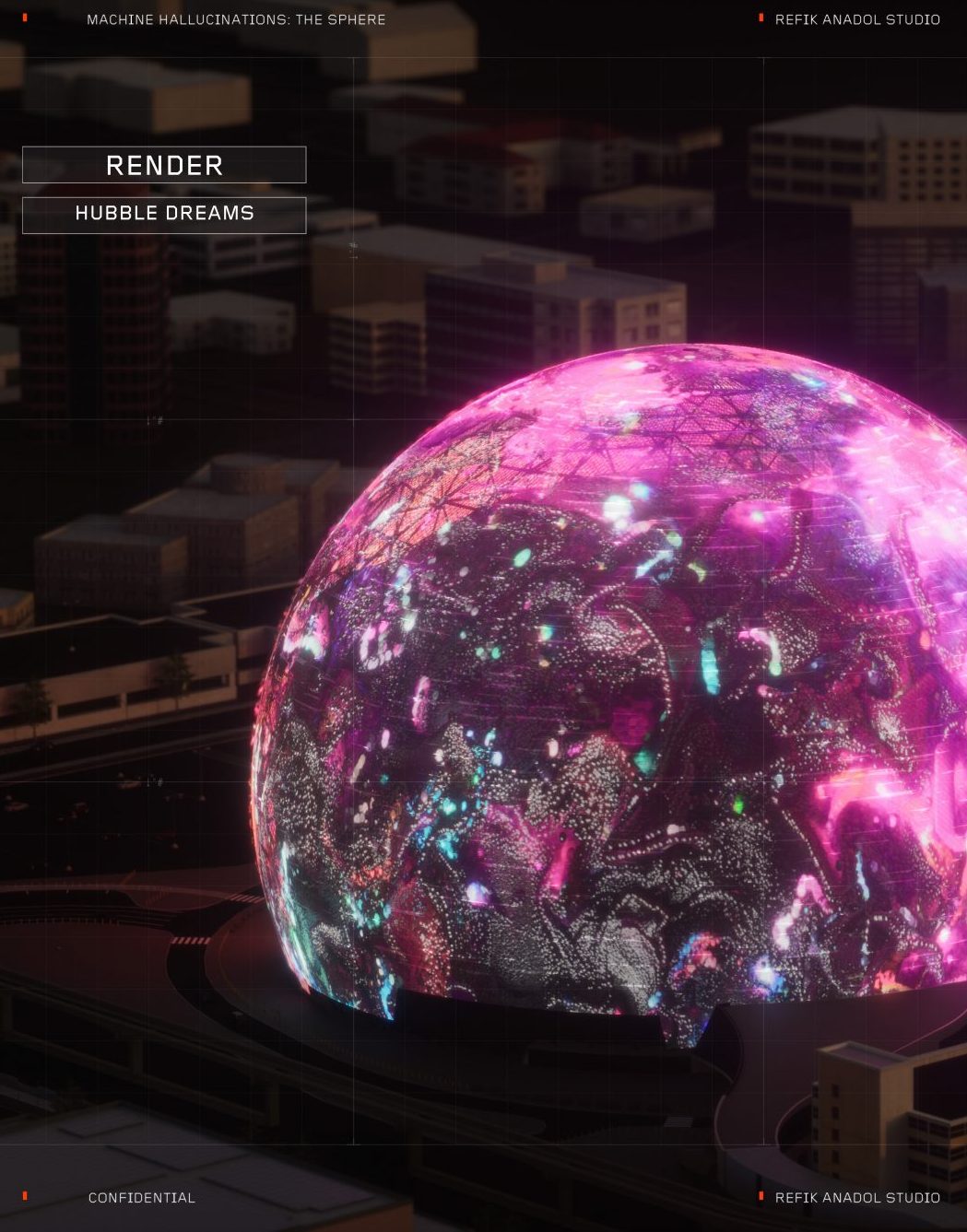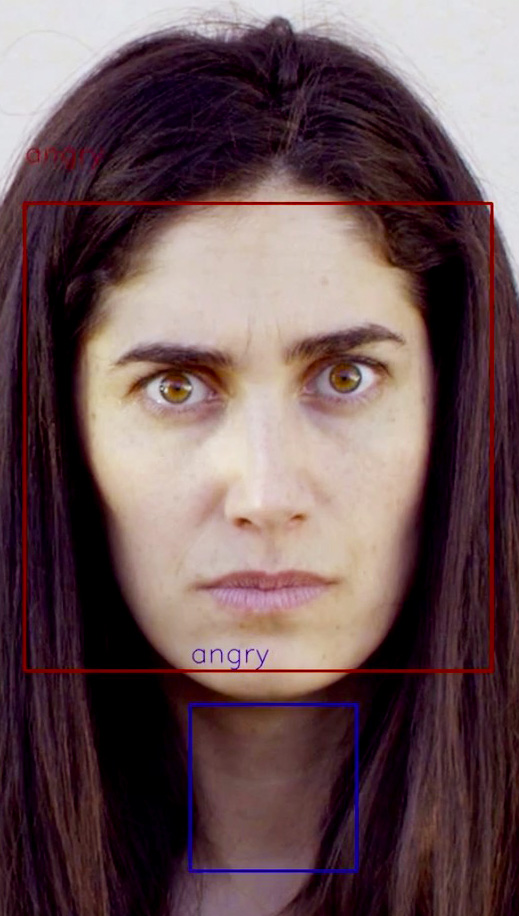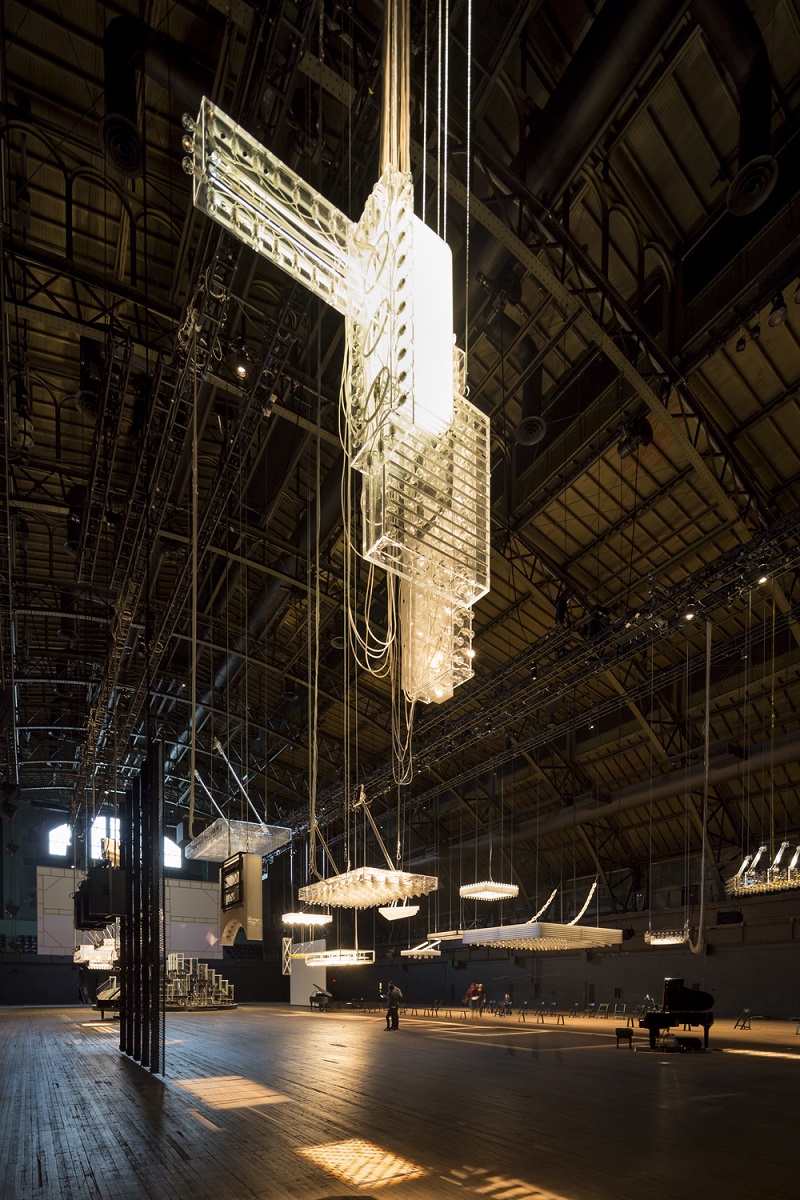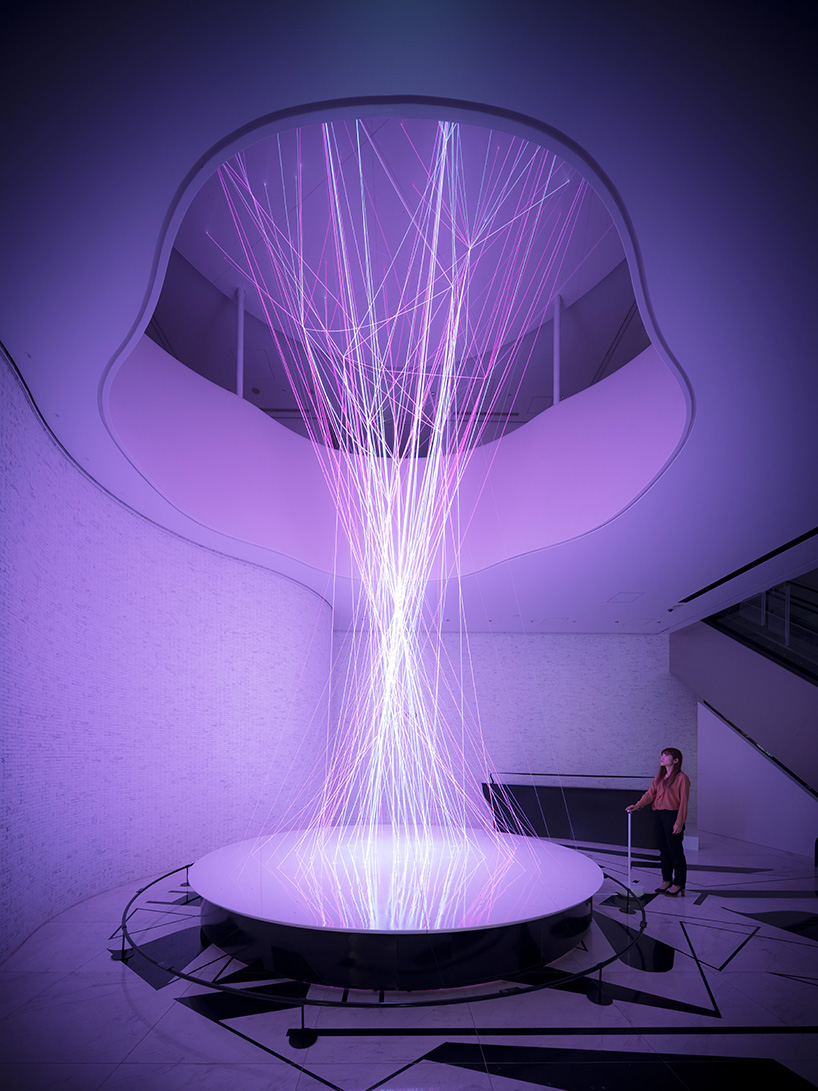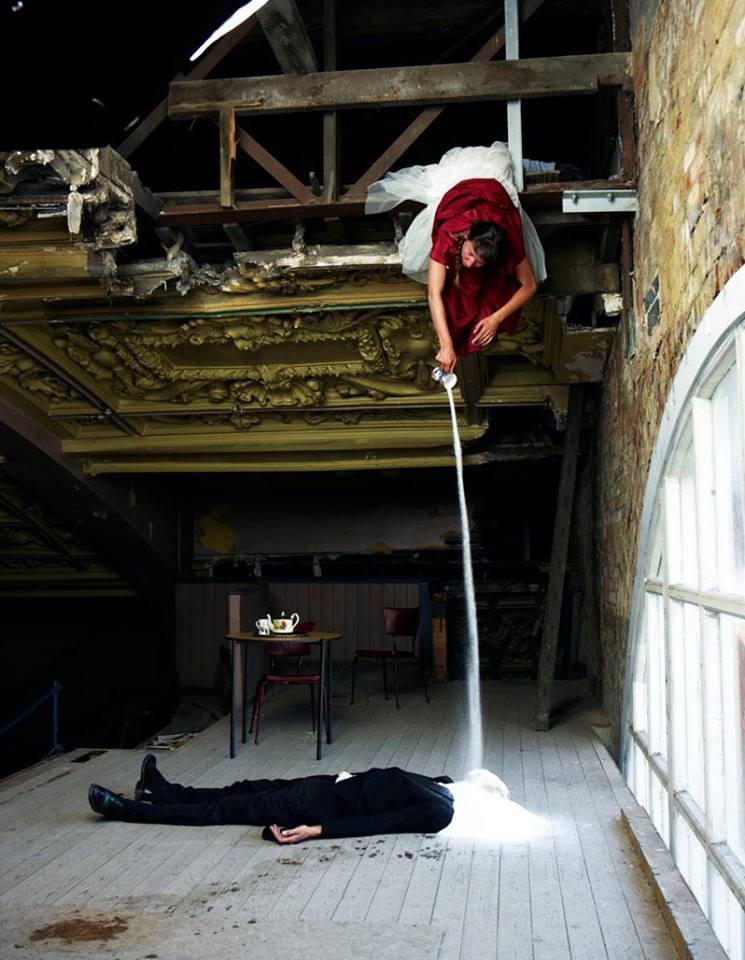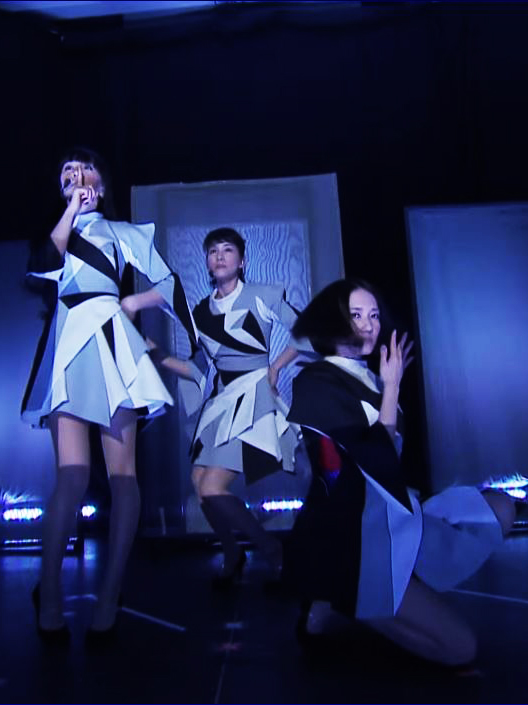
Daito Manabe
真鍋 大 度
Perfume
Perfume is Japan’s top techno-pop girl trio – Nocchi, Kashiyuka and Aa-Chan – whose music and synchronised dance sessions have won them a global online fan base. This year they have had their first sellout European tour. Their distinctive sound is the work of Japanese electronic music guru Yasatuka Nakata who has been their music producer since 2003. Their stunning performance at the Lions International Festival of Creativity at Cannes recently was the result of their collaboration with leading Japanese techno-artist Daito Manabe. Manabe is one of a new generation of programmers whose genre-crossing work has placed him at the cutting edge of techno-art-music-performance. His art embraces dynamic sensory programming, projection mapping and body capture; lasers, robots and sonar.
